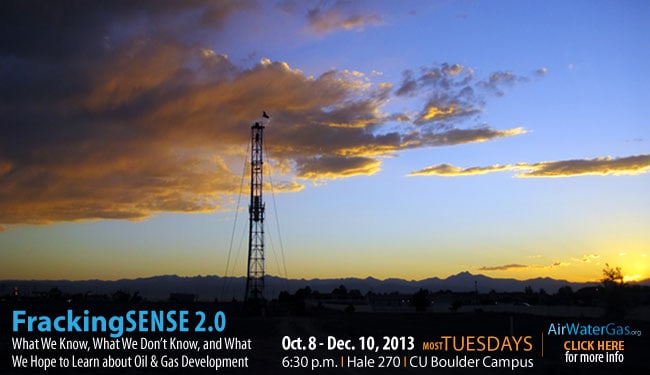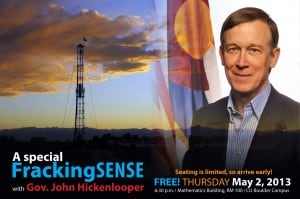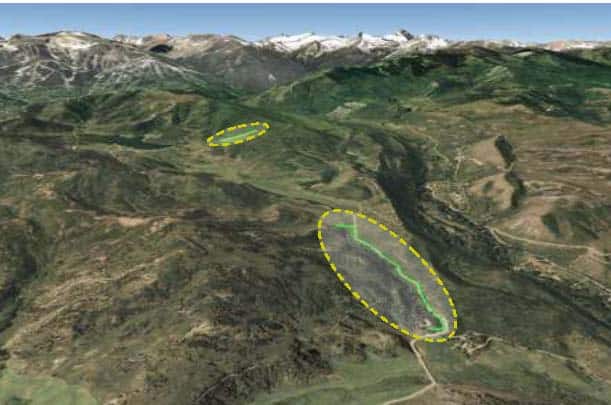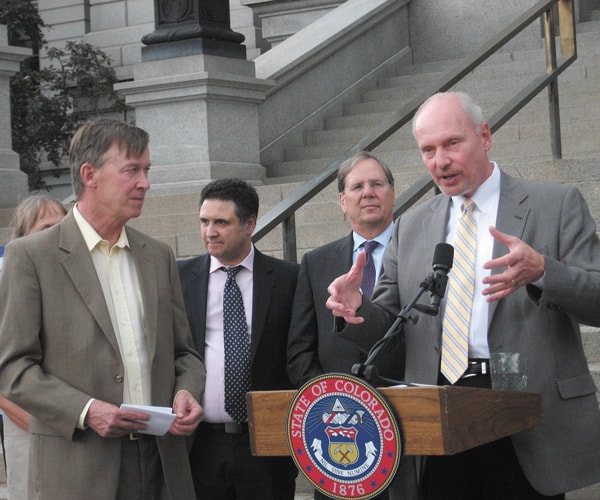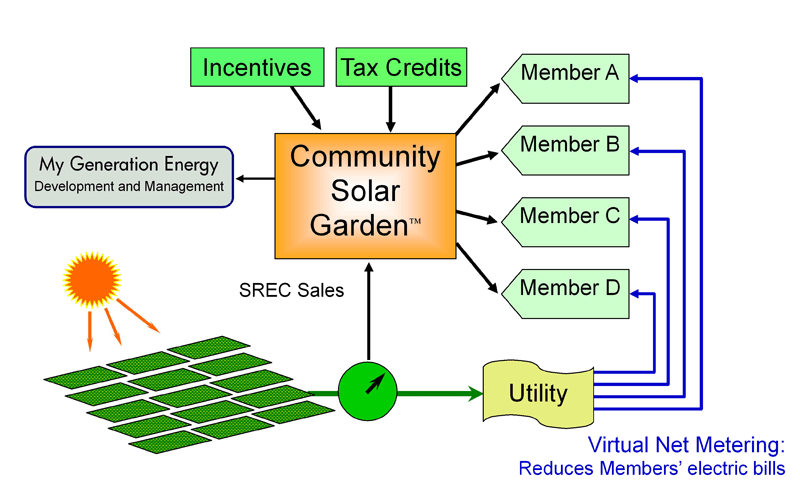There is an interesting piece in today’s Perspective in the Denver Post by Patty Limerick, Director of the Center for the American West on electronic education and communication. Not directly related to our usual subjects, but may be of interest to those of you in the education biz. I’ll be taking my first online course in January, so I was particularly interested.
But this reminded me of her earlier piece from a few weeks ago on her work with fracking. I’ve posted links to the Frackingsense podcasts before, and even wrote a post “What if Your Governor Had Worked in Natural Resources,”based on one here.
Here’s an excerpt from the Denver Post op-ed; here’s the link:
Ardent critics, hold your fire for a moment. In making this statement, I have some notable allies who carry a lot more credibility than I do. One has written that the issue of hydraulic fracturing comes with many complications, making “it difficult for someone who knows how complex [the issue] is to take a firm, absolute stance on it. The more you learn, the more you realize how little you know.”
This wise remark appeared in a stack of student-written course papers. Required to attend a public lecture in the Center of the American West’s FrackingSENSE series, my students are assigned to listen to the talk and, afterward, to speak with members of the public seated near them. Many of the papers were charged with the students’ hope that their elders will cut back on the shouting and take part in a civil discussion shaped by the consideration of evidence rather than the denunciation of opponents. How would we pursue this improved conversation? Here are three ideas:
1. We could talk about providing better aim to the concerns, worries, anxieties and fears raised by hydraulic fracturing. Many opponents of the process are preoccupied with the risk of groundwater contamination from compounds in the fracturing fluid that, under high pressure, shatters the shale in which natural gas or oil is “trapped.” This preoccupation is an understandable legacy of the years in which many oil and gas companies refused to disclose the contents of fracturing fluid, a practice that could not have been better designed to foster and maintain public distrust. Fortunately, a shift — produced by regulation and by voluntary action in companies — toward the disclosure of fracturing fluid contents is already well underway.
Moreover, my colleague Joe Ryan, a University of Colorado environmental engineering professor, has laid out a valuable way to appraise the contents of fracturing fluid. Of the nearly 1,000 compounds that have been included in the inventories and lists, Ryan has pointed out, only a limited number have the capability of harming human beings. To pose a danger, these compounds must be hazardous to human health, mobile enough to get to humans, and persistent enough to avoid breaking down to something less hazardous while traveling toward the humans. Identifying compounds with these qualities generates a much shorter set of targets for our wariness.
With more efficient ways to worry, we can direct greater attention to the construction and maintenance of wells, casings, cement, surface storage containers, and mechanisms and equipment on the surface. It is time to think more about the risks posed by leaks and spills on or near the surface, while downsizing worries over the fracturing process that occurs thousands of feet beneath these areas of risk.
Risk = hazard + outrage
2. Our public conversation should attend carefully to the genuine distress triggered by the arrival of oil and gas development in a setting of homes and schools. Consider the insightful formula offered by expert Peter Sandman: “Risk = hazard + outrage.” While the scientists and engineers can help us by collecting data and assessing the physical dimensions and qualities of a hazard, a sense of powerlessness — of being subjected to an un-chosen, involuntary ordeal — is a major driver of worry, stress and fear. The noise, lights, traffic and disruption that come with drilling and production make a dissonant and disorienting addition to life in a town or suburb. Here I propose a simple trade-off for improved conversation: I ask people in the industry to recognize more legitimacy in the concerns of their residential neighbors, and I ask worried residents of the towns and suburbs affected by natural gas production to speak more openly about their communities’ dependence on natural gas for heating and petroleum for transportation.
3. We would all benefit from more modest expectations of the likelihood that scientific findings will, on their own, chart the route to sound decisions and policies. Especially in studies of public health, rather than giving us confident and certain predictions, experts must convey their results in probabilities of risk. The scientists’ mental world involves calculating and estimating the probability of an undesirable thing happening. The public’s mental world accents an entirely different question: “If there is a chance of risk, will I or my family members prove to be the ones injured by that risk?” The scientists are trying to speak in statistical terms about broad populations; a member of the public is asking, “Am I in danger?” In a calm conversation, we can conjure up ways to connect and reconcile these two very different ways of thinking.
Below are some excerpts from her longer paper that I think could equally be true of our usual resource disputes and here is a link..
An Over-Arching Consideration: Giving Up On “Education”
The word “education” is on the verge—or perhaps over the verge—of becoming more trouble than it is worth in the public exchange over natural gas development. All sides declare that it is crucial to “educate” the public. With the rarest exception, “educate the public” can be translated to mean “say or write (or Tweet, or post on Facebook) something to get the public to agree with me.” The phenomenon called “confirmation bias” has a hold on every sector of the population, leading people to appraise new studies and their findings by one criterion, “Does this study confirm what I already believe?” Opening up the framework of public discussion to accommodate more listening and reflection would present a pleasant alternative to the assumption that “education” is a one-way, unilateral process in which one group produces and distributes information and all others simply absorb and believe it.
What I Will Never Forget, and Will Be Telling the Nurses’ Aides in the Assisted Living Place in the Decades Ahead
When you feel a surge of confidence in your ability to predict the future, be humble. Be very humble. Case in point: Ten years ago, the conventional wisdom was that the United States was in a precarious position in energy independence, with a declining rate of production of both natural gas and oil. Recently, the New York Times made this statement: “The United States is set to become the world’s leading producer of natural gas in 2015 and oil in 2017, according to the International Energy Agency (July 27, 2013).” Once-confident prophets of scarcity were shown to have taken a major misstep in their predictions of scarcity. This is a lesson that any individual, trying to envision the future, should keep constantly in mind.
Proprietary, Voluntarily Disclosed Limericks
(No “Halliburton Exemptions” in the World of Doggerel Verse)Knowledge is tragically lacking
On the complicated practice of fracking.
Convinced they are right,
People rush into fight,
And no agency regulates yakking.When you try to be neutral on fracking,
You’re a quarterback set up for sacking.
You can assert and declare
That you’re going to be fair,
But you still won’t escape frequent whacking.
